- myFICO® Forums
- FICO Scoring and Other Credit Topics
- Understanding FICO® Scoring
- Re: Credit Utilization Question
- Subscribe to RSS Feed
- Mark Topic as New
- Mark Topic as Read
- Float this Topic for Current User
- Bookmark
- Subscribe
- Mute
- Printer Friendly Page
Credit Utilization Question
Is your credit card giving you the perks you want?
Browse credit cards from a variety of issuers to see if there's a better card for you.
- Mark as New
- Bookmark
- Subscribe
- Mute
- Subscribe to RSS Feed
- Permalink
- Report Inappropriate Content
Credit Utilization Question
So I understand that credit utilization has a large impact on FICO scores (especially for me since my AAoA is barely a year).
I generally PIF all my cards except CareCredit (6 mo deferred interest) and my FCU (0% bal transfer) card. However, I'm very careful never to let my overall util report past 29.5% - I understand that 30% is more a rule of thumb than a definite, but it's helpful for self dicipline and just as a general personal limit and goal.
Due to a car issue, I'll have to get close to 30% this month. Does it make a difference on FICO whether I PIF one card and pay i.e. $200 on another? For example. If I have two $3,000 SL cards, one report $0 and one reports $1,800 that would = 30% util. Conversely, I could let both report $900, and that would also =30% util.
- Mark as New
- Bookmark
- Subscribe
- Mute
- Subscribe to RSS Feed
- Permalink
- Report Inappropriate Content
Re: Credit Utilization Question
Hello JayJay! My comments in blue below.
@jayjayhawaii wrote:So I understand that credit utilization has a large impact on FICO scores (especially for me since my AAoA is barely a year).
I generally PIF all my cards except CareCredit (6 mo deferred interest) and my FCU (0% bal transfer) card. However, I'm very careful never to let my overall util report past 29.5% - I understand that 30% is more a rule of thumb than a definite, but it's helpful for self dicipline and just as a general personal limit and goal.
Actually the breakpoint is at 28.99% -- not 29.5%. FICO rounds all percents up. For example, 29.01% is seen by FICO as 30%.
Due to a car issue, I'll have to get close to 30% this month. Does it make a difference on FICO whether I PIF one card and pay i.e. $200 on another? For example. If I have two $3,000 SL cards, one report $0 and one reports $1,800 that would = 30% util. Conversely, I could let both report $900, and that would also =30% util.
I think by SL you mean Spending Limit, which folks here are more likely to call CL or Credit Limit.
FICO cares about Individual Utilization (each card and its CL considered by itself) and Total Utilization (all CLs combined). You can have a much higher individual U (without penalty) than you can Total U.
Penalties for Total U begin at 8.99%.
Penalties for Individual U begin at 28.99%.
I wouldn't worry about either (as long as each card stays at under 48.99%). Just deal with the fact that you are going to have a scoring penalty for a month or two. It will go away once you pay down your debt.
- Mark as New
- Bookmark
- Subscribe
- Mute
- Subscribe to RSS Feed
- Permalink
- Report Inappropriate Content
Re: Credit Utilization Question
The effective threshold is 29%. You want to be under 29% not under 30%. For example 29.01% will round up to 30% is a higher utilization tier (higher Fico score penalty). Utilization is looked at both in aggregate and on cards individually. Keep aggregate utilization under 9% for best results and then also keep individual card utilizations under 29%.
Sure, many established profiles may allow a 0% interest card to report a utilization up to 49% without a substantial score penalty as long as the overall utilization is kept below 9%.
Side note: A card that is PIF after the statement cuts but before due date will not incur interest. However, the reported balance will count against utilization. As a result, many posters here PIF a few days before tatement cuts and then again after statement cuts if a charge snuck in on the statement.
Utilization is a point in time impact on score with no lingering impact once utilization is paid down. In your situation a short term option would be keeping highest card utilization under 49% and aggregate utilization under 29%. Then step highest card down to under 29% and aggregate to under 9% as time permits.
Fico 8: .......EQ 850 TU 850 EX 850
Fico 4 .....:. EQ 809 TU 823 EX 830 EX Fico 98: 842
Fico 8 BC:. EQ 892 TU 900 EX 900
Fico 8 AU:. EQ 887 TU 897 EX 899
Fico 4 BC:. EQ 826 TU 858, EX Fico 98 BC: 870
Fico 4 AU:. EQ 831 TU 872, EX Fico 98 AU: 861
VS 3.0:...... EQ 835 TU 835 EX 835
CBIS: ........EQ LN Auto 940 EQ LN Home 870 TU Auto 902 TU Home 950
- Mark as New
- Bookmark
- Subscribe
- Mute
- Subscribe to RSS Feed
- Permalink
- Report Inappropriate Content
Re: Credit Utilization Question
If you have two otherwise equal cards, one reporting $0 and the other a positive balance (say $100) your credit scores can only be equal to or lower if you bring the $0 balance up to $50 and the $100 balance down to $50. Aggregate utilization remains the same here of course, so the only difference is 1 more account with a balance. On some profiles this doesn't matter at all (0 point impact) where on others it could cost someone a few points. Not a big deal either way, IMO.
The only footnote I'd make to this illustration above is if you're talking a very small limit cards and your balances percentage wise are substantial. For example, if you had two $500 limit cards and you had a $0 balance on one but $450 on the other, you'd likely see a score increase in taking your $0 balance up to $225 and your $450 balance down to $225. The reason why is that your highest utilization card went from 90% (maxed out) down to 45%. Even though you'd have two cards at 45% utilization, that's "better" than one at 0% and the other at 90%.
- Mark as New
- Bookmark
- Subscribe
- Mute
- Subscribe to RSS Feed
- Permalink
- Report Inappropriate Content
Re: Credit Utilization Question
@jayjayhawaii wrote:So I understand that credit utilization has a large impact on FICO scores (especially for me since my AAoA is barely a year).
I generally PIF all my cards except CareCredit (6 mo deferred interest) and my FCU (0% bal transfer) card. However, I'm very careful never to let my overall util report past 29.5%
Your overall utilization percentage is just one part of the utilization picture
- I understand that 30% is more a rule of thumb
I would say it's more than a rule of thumb, it really is a rule, and it applies to both individual and overall utilization
than a definite, but it's helpful for self dicipline and just as a general personal limit and goal.
If you want to convince yourself of that, fine, but you'll get hammered when you violate the 'rule'
Due to a car issue, I'll have to get close to 30% this month. Does it make a difference on FICO whether I PIF one card and pay i.e. $200 on another?
The more zero balances you have the better, but we would need to see all your limits and balances to answer the question you ask or to say which would cost you fewer points
For example. If I have two $3,000 SL cards, one report $0 and one reports $1,800 that would = 30% util. Conversely, I could let both report $900, and that would also =30% util.
Reporting at 30% is nothing magic, it's got be below 30%, e.g. 28%. So if you changed the example to (1) balances of $1680 on one card with the other reporting zero, or (2) $840 on each of two cards, I'm guessing you'd be better off in scenario 2 because FICO really doesn't like 56% balances. But the difference wouldn't be huge, because FICO does prefer to see a zero balance somewhere.

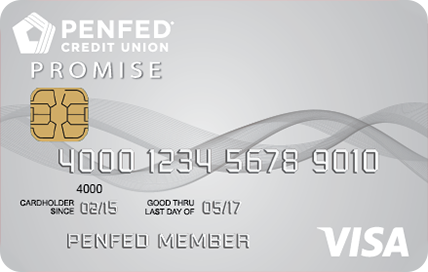

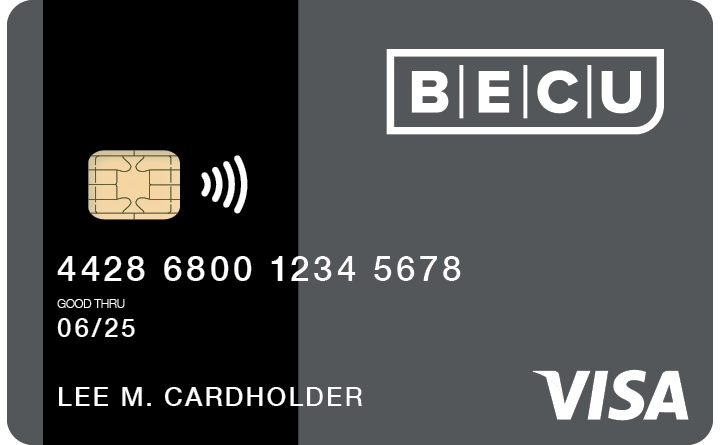



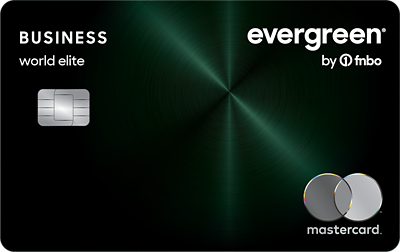



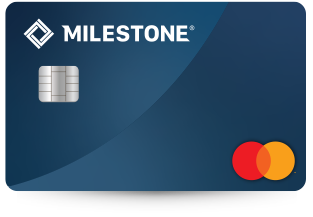
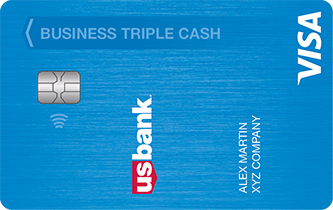

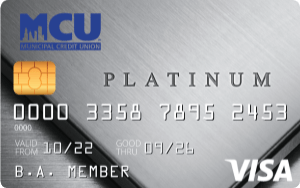
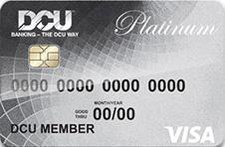
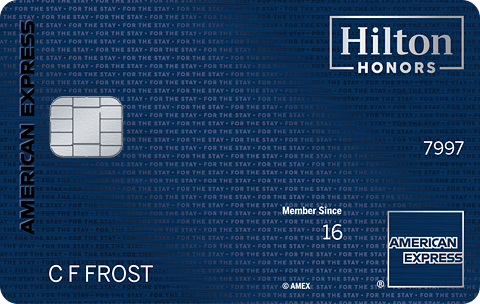



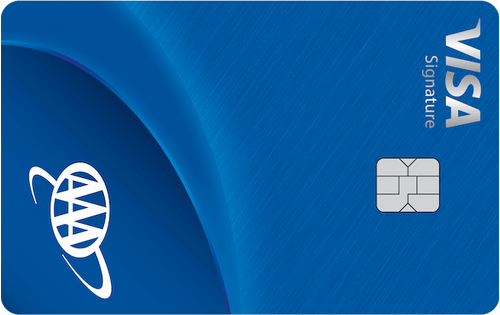

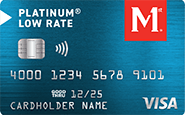



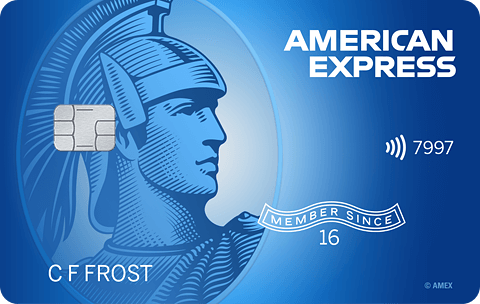
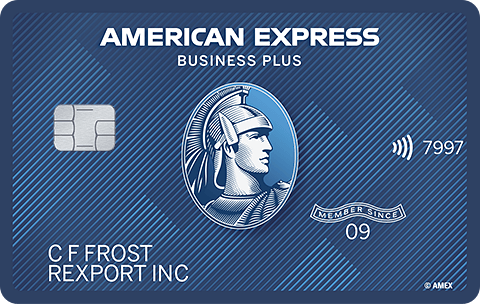



Total revolving limits 569520 (505320 reporting) FICO 8: EQ 689 TU 691 EX 682
- Mark as New
- Bookmark
- Subscribe
- Mute
- Subscribe to RSS Feed
- Permalink
- Report Inappropriate Content
Re: Credit Utilization Question
@Anonymous wrote:Hello JayJay! My comments in blue below.
@jayjayhawaii wrote:So I understand that credit utilization has a large impact on FICO scores (especially for me since my AAoA is barely a year).
I generally PIF all my cards except CareCredit (6 mo deferred interest) and my FCU (0% bal transfer) card. However, I'm very careful never to let my overall util report past 29.5% - I understand that 30% is more a rule of thumb than a definite, but it's helpful for self dicipline and just as a general personal limit and goal.
Actually the breakpoint is at 28.99% -- not 29.5%. FICO rounds all percents up. For example, 29.01% is seen by FICO as 30%.
Due to a car issue, I'll have to get close to 30% this month. Does it make a difference on FICO whether I PIF one card and pay i.e. $200 on another? For example. If I have two $3,000 SL cards, one report $0 and one reports $1,800 that would = 30% util. Conversely, I could let both report $900, and that would also =30% util.
I think by SL you mean Spending Limit, which folks here are more likely to call CL or Credit Limit.
FICO cares about Individual Utilization (each card and its CL considered by itself) and Total Utilization (all CLs combined). You can have a much higher individual U (without penalty) than you can Total U.
Penalties for Total U begin at 8.99%.
Penalties for Individual U begin at 28.99%.
I wouldn't worry about either (as long as each card stays at under 48.99%). Just deal with the fact that you are going to have a scoring penalty for a month or two. It will go away once you pay down your debt.
Good to know! I had my calculation at 29.5% as I wasn't aware FICO would round up all numbers. It's only a matter of a few dollars, but great information!
So in essence, my credit union card is currently at 70% and Discover is at 80%, both due dates in a week (I usually use Disco up to about this limit and then PIF). My plan was to PIF the Disco card (0%) and then pay a couple hundred on the CU (60%) card to get my Total U below 29%.
But it sounds like I'll be better served getting the credit union card down to 48.99% by leaving a <28.99% balance on the Disco. Still Total U below 29% of course. I'm gardening so I'm not too worried about a brief dip in scores for any other reasons than personal feeling of achievment.
- Mark as New
- Bookmark
- Subscribe
- Mute
- Subscribe to RSS Feed
- Permalink
- Report Inappropriate Content
Re: Credit Utilization Question
@Thomas_Thumb wrote:The effective threshold is 29%. You want to be under 29% not under 30%. For example 29.01% will round up to 30% is a higher utilization tier (higher Fico score penalty). Utilization is looked at both in aggregate and on cards individually. Keep aggregate utilization under 9% for best results and then also keep individual card utilizations under 29%.
Sure, many established profiles may allow a 0% interest card to report a utilization up to 49% without a substantial score penalty as long as the overall utilization is kept below 9%.
Side note: A card that is PIF after the statement cuts but before due date will not incur interest. However, the reported balance will count against utilization. As a result, many posters here PIF a few days before tatement cuts and then again after statement cuts if a charge snuck in on the statement.
Utilization is a point in time impact on score with no lingering impact once utilization is paid down. In your situation a short term option would be keeping highest card utilization under 49% and aggregate utilization under 29%. Then step highest card down to under 29% and aggregate to under 9% as time permits.
I'm learning far more from this forum than I do from various internet articles. Thanks again to everyone who takes the time to reply.
One more question re. utilization. Does FICO differentiate between different revolvers? My CareCredit has a $3k limit and another $500 on Fingerhut. I typically take these into account when calculating total util, but they're obviously not credit cards like Visa/MC/Disco/Amex.
- Mark as New
- Bookmark
- Subscribe
- Mute
- Subscribe to RSS Feed
- Permalink
- Report Inappropriate Content
Re: Credit Utilization Question
@jayjayhawaii wrote:One more question re. utilization. Does FICO differentiate between different revolvers? My CareCredit has a $3k limit and another $500 on Fingerhut. I typically take these into account when calculating total util, but they're obviously not credit cards like Visa/MC/Disco/Amex.
FICO does not distinguish between different revolvers, if by that we mean a tradeline where you do not have to pay the full balance every month. A charge card, in contrast, is something like the Amex Green Card (that's just one example of many). With charge cards you are required to pay the balance in full each month, and the FICO 8 and 9 models ignore them when calculating revolving utilization. (Very old FICO models, like the EX mortgage score, do count them after a fashion. If you get interested in how that works, ask and someone will tell you.)



